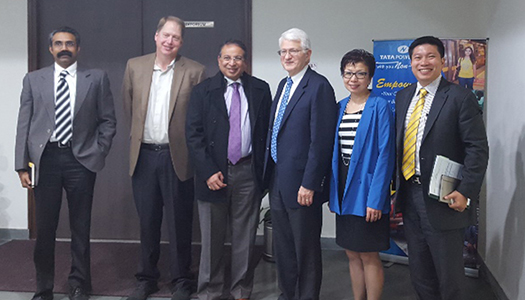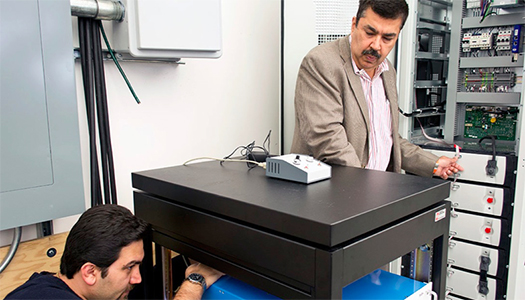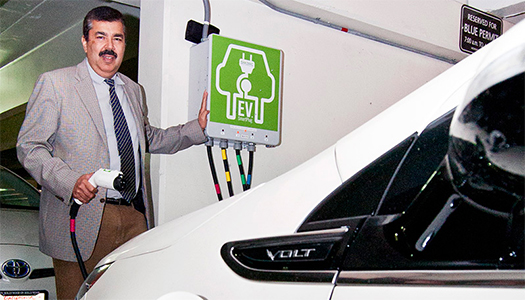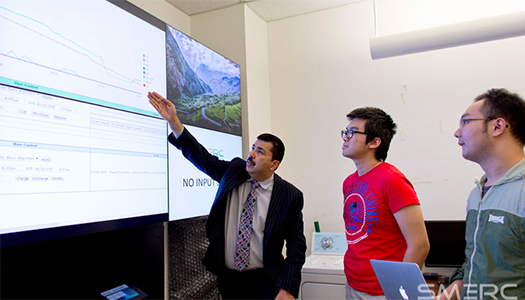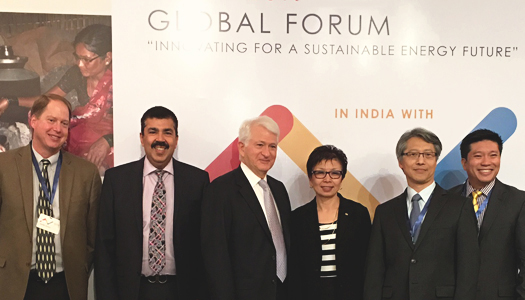Tata Power Delhi Distribution Limited, a joint venture of the Tata Group and the government of Delhi, and researchers at UCLA have reached an agreement to develop advanced technologies for delivering energy more efficiently, less expensively and to more people in India and developing countries.
Tata Power DDL and the Smart Grid Energy Research Center at UCLA signed a memorandum of understanding on Jan. 29, 2016. The goals of the agreement include:
- Developing smart grid technologies such as microgrids for more efficient energy distribution; increasing use of renewable energy sources; implementing pilot projects for electric vehicle charging stations and other innovations; and improving energy supply and distribution management and analytics.
- Conducting research in efficient storage and integration of energy from next-generation batteries, thermal technologies and other sources.
- Utilizing Distributed Energy Resources (DER), or aggregations of smaller power sources, to meet local demand and lessen peak pressure on the grid.
- Working with the U.S. Trade and Development Agency, the World Bank, Tata Trusts, and others to secure funding for original research and pilot projects.
Praveer Sinha, chief executive officer and managing director of Tata Power DDL, said, “This collaboration is a vital step towards bringing innovative and cost-effective energy solutions to large sections of society in India and the developing world.”
Rajit Gadh, a professor of mechanical and aerospace engineering at UCLA and director of the Smart Grid Energy Research Center (SMERC), said, “New technologies being developed today will allow us to radically expand energy delivery to people in need, make better utilization of renewable energy sources and protect the existing energy grid during peak times. UCLA is proud to collaborate with Tata Power in order to achieve these objectives.”
Tata Power DDL delivers electricity to 1.5 million registered customers in the north and northwest part of Delhi, India. As a pioneering initiative for implementing Smart Grid technologies, TPDDL recently opened its Smart Grid Lab, in Rohini Sector 15, to demonstrate advanced technologies and to develop innovations in electricity distribution products and processes in a collaborative environment with industry, research-and-development organizations and educational institutions. This is the first lab in the country demonstrating many components of Smart Grid technologies.
UCLA is one of the premiere research and educational institutions in the United States. Founded in 1919, the university educates more than 40,000 students each year. It is home to the UCLA Henry Samueli School of Engineering and Applied Science, one of the top-ranked engineering schools in the world. SMERC partners with manufacturers, the U.S. Department of Energy, other universities and utilities to increase grid flexibility, integrate renewable energy sources, create competitive energy pricing, improve efficiency, and reduce power outages and losses.
